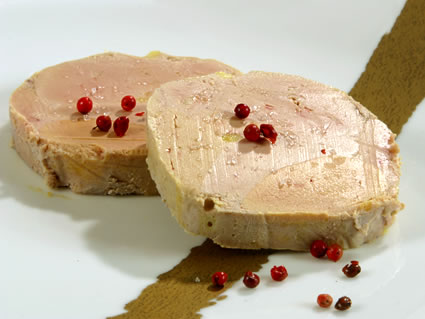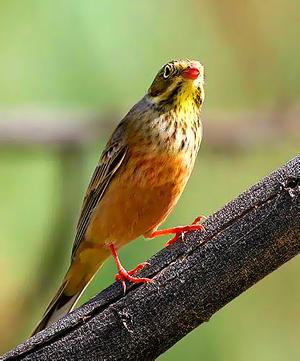However, there are some foods that are banned in certain parts of the world, due to various reasons like environmental risks, cruelty to animals, or because that certain food was found to be injurious to one’s health.
Here is a low-down on some of the foods that have been banned in some or the other part of the world:
1. Foie GrasFoie gras is a delicacy made out of duck or goose liver. It is banned in Turkey, the European Union, and Israel due to a process called force-feeding. To make foie gras, birds are force-fed corn mash or some other type of food about 8 days before they are slaughtered in order to enlarge the liver and give it a fatty consistency.Citing cruelty to animals, some countries have placed a ban on this item. However, Foie Gras is still readily found in many of these countries.
2. Japanese Puffer Fish (Fugu)Sometimes known as blowfish, Fugu in Asian countries, this fish is banned in manycountries due to its internal organs and other body parts being highly poisonous. In fact, if you eat the wrong part of this fish, or unknowingly consume a poisonous part of the fish, you will more than likely die from tetrodotoxin, which is a neurotoxin that destroys your body’s nerve tissue, paralyzing the body and then causing asphyxiation. In the European Union, selling or consuming this fish is strictly prohibited. In the U.S., it is illegal to sell, harvest, or serve the fish without having a license to do so.
3. SassafrasIn the past, sassafras was a widely used plant, often used by Indian tribes to treat common ailments, as well as a way to have some sort of aromatherapy. It is said that the herb could sure a cold, stomach ache, and other ailments. It was also used as a cure for syphilis. Before the 1960s, sassafras was used in many different foods, and even drinks. However, in the 1960s, the FDA banned all use of sassafras and any ingredient made out of it, most notably, safrole. It was banned due to the fact that it is possibly carcinogenic, as determined by lab rat experiments, which concluded that rats given sassafras often contracted liver cancer.4. AbsintheIn the 1800s, absinthe was gradually banned in many locations around the world. This was due to a large increase in violence and hallucinations, as well as mental illness. Again in the 20th century, researchers looked at absinthe and considered it to be highly unsafe. In 1915, absinthe was banned in most European countries with the exception of a few.5. Horse MeatHorse meat is considered to be a taboo food in many countries, including the U.S., Ireland, Australia, Canada, and throughout various cultural groups around the world. Both the U.S. and U.K. have banned the slaughter and consumption of horses, as they are seen as companions and labeled “sports animals.”6. Casu Marzu Maggot CheeseCasu marzu, which means "rotting cheese" in Sardinian, is not just an aged and very smelly cheese, it is an illegal commodity in many places. Casu marzu is a runny white cheese made by injecting Pecorino Sardo cheese with cheese-eating larvae that measure about one-half inch long.7. Blackened RedfishIn 1980, New Orleans chef Paul Prudhomme publicized his recipe for blackened redfish, which is still very popular today. The recipe was so popular that it sparked a blackened redfish craze in the 1980s, which so severely threatened the redfish stock that the Commerce Department had to step in and close down fisheries in July 1986.8. Uncertified Chilean Sea BassAt first, the uncertified Chilean sea bass was banned by 24 nations, including the U.S. due to the fact that it was extremely popular in restaurants as well as in the home and many feared it would become endangered. The fish is known for having flaky white flesh and a high fat content, which makes it tasty. Today, the fish is banned in even more countries due to the fact that it has become over-fished.9. OrtolanIn the same cruel fashion as foie gras, this tiny bird has little to sing about, as historically it was horribly tortured before being eaten as a gastronomic treat by the aristocracy of France.Its fate was often to be captured, have its eyes poked out, and be put in a small cage, then force-fed until it grew to four times its normal size. Next the poor bird would be drowned in brandy, roasted, and eaten whole. The Ortolan is now considered to be a protected species in France.
10. Shark finsThough still in the process of being banned world wide, the slicing of shark fins is now banned in Scottish waters, as well as UK waters. In Hawaii, the practice is banned entirely due to the fact that 60,000 sharks were found dead each year. The practice, often seen as barbaric, has been banned in countries because it is seen as cruel and brutal and many species of rare sharks are becoming endangered, or even extinct.









0 comments:
Post a Comment